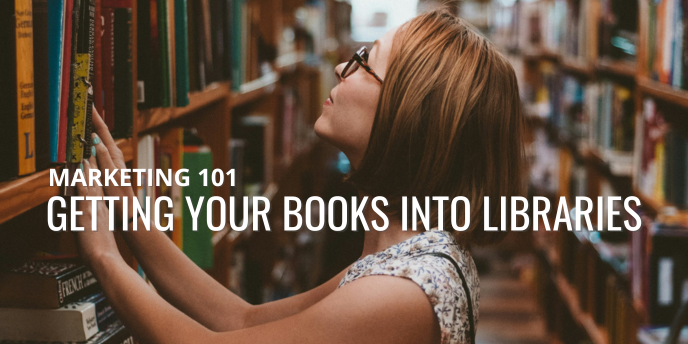For the indie author, seeing your titles in the library stacks or on apps like Hoopla is a win. My sister was a long-time book publicist and earned a Masters in Library Science at Cornell. She was closely involved in the launch my first thriller. As a veteran research librarian she recounted how crucial libraries are to help connect me with new readers and build my author brand credibility. A high point in my evolving career was seeing my titles begin to appear in libraries across the country. And I recommend new readers test drive my work via a library app to see if my style fits well with their reading preferences.
Here are some actionable steps to make that happen.
Getting hardcopies onto Library shelves – Many authors find that IngramSpark offers the most direct route. Ingram distributes to over 39,000 retailers and libraries globally. When I published my first novel, I chose IngramSpark specifically for their library reach and their option for durable hardcover binding, which libraries prefer. While Amazon’s KDP Print can get your book listed, its primary focus isn’t library distribution, and its binding options may not always meet library durability standards. Ensure your print-on-demand service actively caters to library procurement.
An important option for library users is digital. More and more of us are interacting with our local libraries via smart devices. Getting your eBooks on platforms like Hoopla Digital allows library patrons to borrow instantly, often with multiple users borrowing the same book simultaneously. Instead of trying to submit directly, partner with a digital aggregator. Companies like Draft2Digital (which now includes Smashwords) distribute eBooks to major library platforms, including Hoopla. When you upload your eBook to Draft2Digital, you can select library distribution, opening your work to a worldwide network of digital borrowers.
Audiobooks remain the fastest growing sales channel for authors. Libraries acquire audiobooks differently than retail. They might pay a licensing fee for a certain number of checkouts or use a one-copy/one-user model through platforms like OverDrive and its Libby app. To navigate this, work with an audiobook distributor focused on libraries, such as Findaway Voices. They partner directly with library vendors to get your audiobook into circulation. I’m a prolific book narrator, both for my own stuff and for dozens of other authors, both traditionally and independently published. Using a distributor with library connections significantly increases its visibility beyond retail channels
While many companies can get your story from manuscript to book, if libraries are part of your indie marketing strategy, you should consider a print-on-demand service like IngramSpark that prioritizes library distribution. Study eBook aggregators like Hoopla which work closely with libraries. For audiobooks, select a distributor with established library partnerships. By making these deliberate choices, you can increase the likelihood of your books finding a place in both the physical and digital stacks of libraries, connecting your work with eager readers in communities everywhere.
As always, our options in this area are continually changing. Websites catering to indie authors make lots of promises, not all of which may be totally true. Do your own research before investing your time and money with any vendor.
Helpful links:
IngramSpark: https://www.ingramspark.com/
Draft2Digital Library Distribution: https://draft2digital.com/publish/library-distribution/
Findaway Voices Library Distribution: https://findawayvoices.com/distribution/libraries/
Terry Shepherd is an independent author, founded his own publishing company and has narrated dozens of audio books. Learn more about him at TerryShepherd.com.
Photo Credit: Clay Banks on Unsplash

